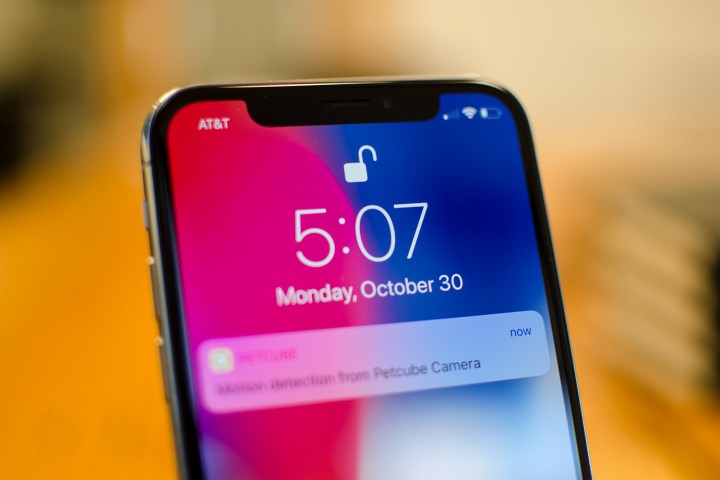
The next iOS update will see Apple take another step in the game of technological cat and mouse it has found itself playing with law enforcement, with the introduction of an iOS feature that locks a device’s Lightning port after a certain amount of time has passed.
The new feature was discovered in the beta build of iOS 11.4, which has recently become available to developers ahead of a full release to consumer devices. Named “USB Restricted mode,” the feature will kick in after a seven days, if the device has not been unlocked or connected to a paired computer. When activated, USB Restricted mode closes down all usage of the Lightning port, except for basic charging.
This seems to be a move against various law enforcement agencies, and against bad actors, who would seek to gain access data on a device after confiscating or otherwise getting physical control of the device. This feature had previously been seen in the iOS 11.3 beta build, but was dropped before the main release of the update.
This would also seem to be a move against devices like the GrayKey box, an otherwise unassuming grey box that can completely unlock an iPhone in a short time. iOS 11.4’s added security measure will presumably put a time limit on how long these sorts of devices can be used. It’s also important to note that the amount of time available until the device goes into lockdown also won’t be known, since it would usually be impossible to know how long it has been since a device was last used or connected to a computer.
Products such as the GrayKey are only needed because of the stances that many technology companies have on user privacy, and the role that smart devices play in law enforcement. Apple in particular has a long history of resisting attempts from law enforcement agencies to gain data from a locked device. Apple and the U.S. FBI were embroiled in a fierce legal debate in 2016 over Apple’s refusal to help the FBI to decrypt a mass murder suspect’s iPhone. The legal challenge was dismissed after the FBI was able to find a different way to access the phone without Apple’s help, but Apple’s continued stance against snooping on its users is presumably what prompted the Cupertino, California giant to push forward with this particular feature.
Editors' Recommendations
- This one Apple Fitness feature completely changed how I exercise
- An Apple insider just revealed how iOS 18’s AI features will work
- iPhone 16: news, rumored price, release date, and more
- iPhone SE 4: news, rumored price, release date, and more
- 3 reasons why I’ll actually use Anker’s new iPhone power bank


